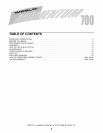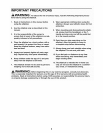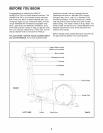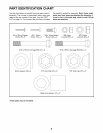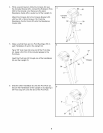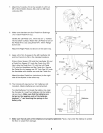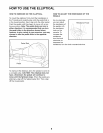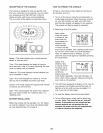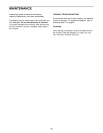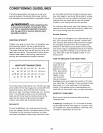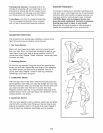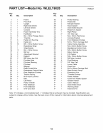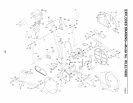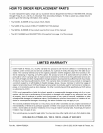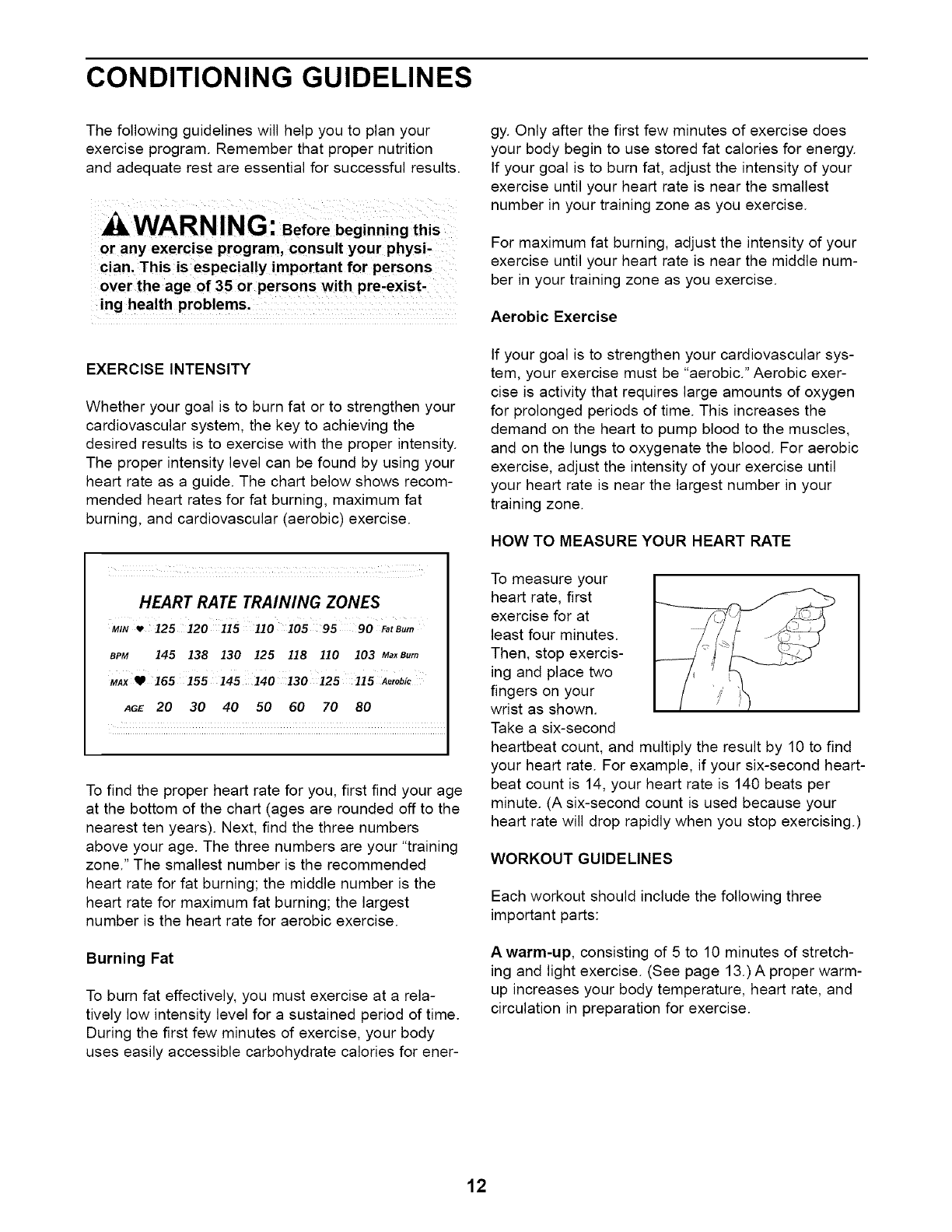
CONDITIONING GUIDELINES
The following guidelines will help you to plan your
exercise program. Remember that proper nutrition
and adequate rest are essential for successful results.
,WARN ING: Beforebeginning this
or any exercise program, consult your physi-
cian, This is especially important for persons
over the age of 35 or persons with pre-exist-
ing health problems.
EXERCISE INTENSITY
Whether your goal is to burn fat or to strengthen your
cardiovascular system, the key to achieving the
desired results is to exercise with the proper intensity.
The proper intensity level can be found by using your
heart rate as a guide. The chart below shows recom-
mended heart rates for fat burning, maximum fat
burning, and cardiovascular (aerobic) exercise.
HEART RATE TRAINING ZONES
Mm _ ]25 120 115 110 105 95 90 FatBum
BPM 145 138 130 125 118 110 103 MaxBurn
MAxV 165 155 145140 130125 115 o;a ,o
AGE 20 30 40 50 60 70 80
To find the proper heart rate for you, first find your age
at the bottom of the chart (ages are rounded off to the
nearest ten years). Next, find the three numbers
above your age. The three numbers are your "training
zone." The smallest number is the recommended
heart rate for fat burning; the middle number is the
heart rate for maximum fat burning; the largest
number is the heart rate for aerobic exercise.
Burning Fat
To burn fat effectively, you must exercise at a rela-
tively low intensity level for a sustained period of time.
During the first few minutes of exercise, your body
uses easily accessible carbohydrate calories for ener-
gy. Only after the first few minutes of exercise does
your body begin to use stored fat calories for energy.
If your goal is to burn fat, adjust the intensity of your
exercise until your heart rate is near the smallest
number in your training zone as you exercise.
For maximum fat burning, adjust the intensity of your
exercise until your heart rate is near the middle num-
ber in your training zone as you exercise.
Aerobic Exercise
If your goal is to strengthen your cardiovascular sys-
tem, your exercise must be "aerobic." Aerobic exer-
cise is activity that requires large amounts of oxygen
for prolonged periods of time. This increases the
demand on the heart to pump blood to the muscles,
and on the lungs to oxygenate the blood. For aerobic
exercise, adjust the intensity of your exercise until
your heart rate is near the largest number in your
training zone.
HOW TO MEASURE YOUR HEART RATE
To measure your
heart rate, first
exercise for at
least four minutes.
Then, stop exercis-
ing and place two
fingers on your
wrist as shown.
Take a six-second
heartbeat count, and multiply the result by 10 to find
your heart rate. For example, if your six-second heart-
beat count is 14, your heart rate is 140 beats per
minute. (A six-second count is used because your
heart rate will drop rapidly when you stop exercising.)
WORKOUT GUIDELINES
Each workout should include the following three
important parts:
A warm-up, consisting of 5 to 10 minutes of stretch-
ing and light exercise. (See page 13.) A proper warm-
up increases your body temperature, heart rate, and
circulation in preparation for exercise.
12




